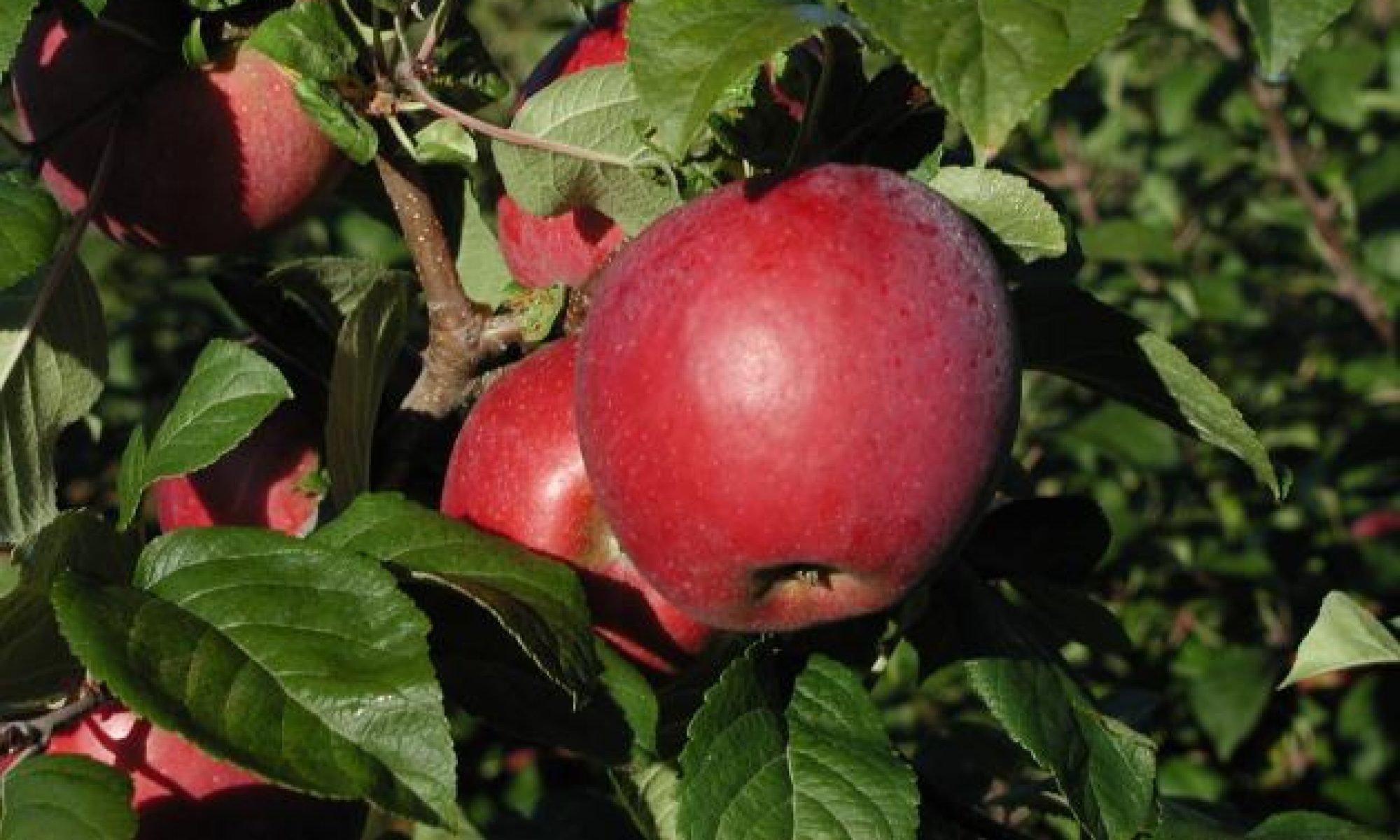A large number of latent viruses have been identified in apple. More common latent viruses include apple chlorotic leaf spot virus, apple stem pitting virus, and apple stem grooving virus. These viruses also cause diseases in other fruit crops. Apple chlorotic leaf spot virus causes pear ring pattern mosaic and has been found in all pome and stone fruit species. Apple stem pitting virus is the causal agent of pear vein yellows.
As the designation “latent” implies, these viruses are …

